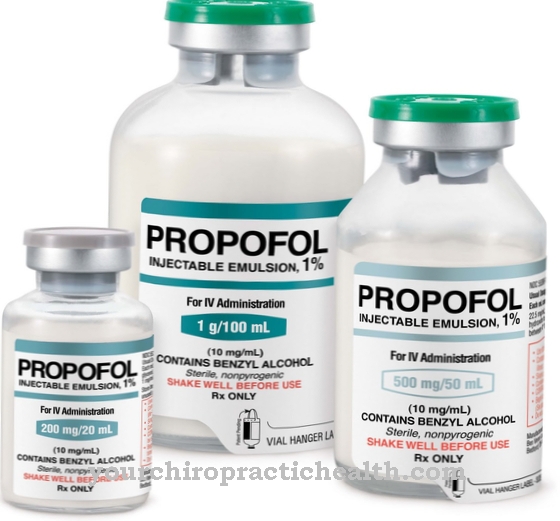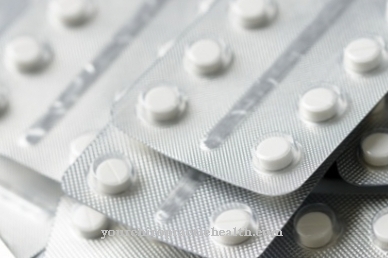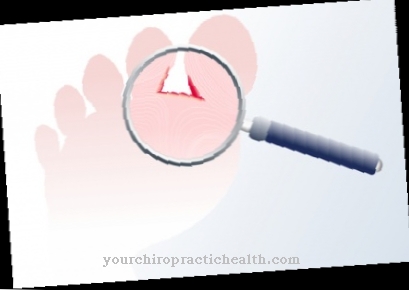Bioenhancer Medicinal substances and food supplements are added to improve the availability of the active ingredients on the target structures. Bioenhancers almost always have a vegetable origin.
What are bioenhancers?

Ayurvedic medicine is the basis of the Bioenhancer concept. Ayurveda is a traditional Indian healing art that is still widely used today in India, Nepal and Sri Lanka. The term bioenhancer was coined in Jammu at the Indian Institute of Integrative Medicine. The institute has been researching Ayurveda for a long time.
Bioenhancers were described by Kartick Chandra Bose as early as 1929. In his 1929 book Pharmacographia Indica, Bose names the strengthening effects of long pepper. He found that the anti-asthmatic effects of Indian lungwort increased when the patients took the long pepper at the same time. However, Bose has not been able to find out why this is so. It was only discovered in 1979 that the piperine found in pepper is responsible for this effect. So the piperine from long pepper was the first bioavailibility enhancer.
Today bioenhancers are added to various drugs and nutritional supplements to improve their absorption and effectiveness in the body.
Pharmacological effect
The different bioenhancers are based on different mechanisms of action. On the one hand, the active ingredients increase the absorption of the corresponding substances in the intestine. The substances are then broken down less both in the intestine and in the liver. In the liver in particular, many active ingredients are lost for further processing in the body. This phenomenon is also known as the first pass effect.
Drugs administered in combination with bioenhancers can more easily enter the pathogens (the structures that cause the disease). In the case of tumor cells or bacteria, for example, the membrane becomes more permeable to the active ingredients.
Bioenhancers also inhibit the defense mechanisms of viruses, bacteria or fungi. The defense mechanisms of tumor tissue are also inhibited. Bioenhancers also ensure that the active ingredients can bind better to the respective pathogens. They influence DNA and proteins in such a way that the active ingredients adhere and develop their effect.
Many active ingredients cannot cross the blood-brain barrier without the help of bioenhancers. The blood-brain barrier is a physiological barrier between the bloodstream and the central nervous system in the brain. It is supposed to protect the brain from messenger substances, toxins and pathogens from the circulating blood. Due to the blood-brain barrier, many active ingredients cannot reach their intended location.
Medical application & use
The exact areas of application depend on the respective bioenhancer. Piperine is an important bioenhancer. It is an alkaloid that is extracted from pepper. Piperine acts as a bioenhancer for vitamins. It is particularly effective with vitamins A, B1, B2, B6, C, D, E and K. Amino acids such as lysine, isoleucine, leucine, valine, tryptophan, methionine and threonine can also be better utilized if they are administered together with piperine. It also improves the absorption of minerals (iodine, iron, zinc, calcium, selenium, copper, manganese, magnesium) and herbal ingredients.
Celiprolol is a drug from the group of ß-receptor blockers and is used to treat high blood pressure. Midazolam] is a benzidazepine used in anesthesia and rescue medicine.
The bioenhancer quercetin is obtained from the fruits and leaves of plants. Quercetin is particularly effective in combination with the drug paclitaxel, which is used in medicine to treat cancer. Glycyrrhizin, a saponin from licorice root, increases the activity and the absorption of antibiotics and antifungals.
The bioenhancer allicin is contained in garlic. Allicin enhances the effect of the drug amphotericin B on yeasts. To do this, it acts on the ergosterol transport in the cells.
Risks & side effects
It is important that the dose of the appropriate drug is adjusted when a bioenhancer is administered at the same time. Failure to do so may result in an overdose, which, depending on the drug, can be associated with serious side effects.
Researchers also see the overcoming of the blood-brain barrier by bioenhancers as problematic. It could be that with the bioenhancers also harmful substances reach the brain, which can lead to inflammation or other neurological damage.



























